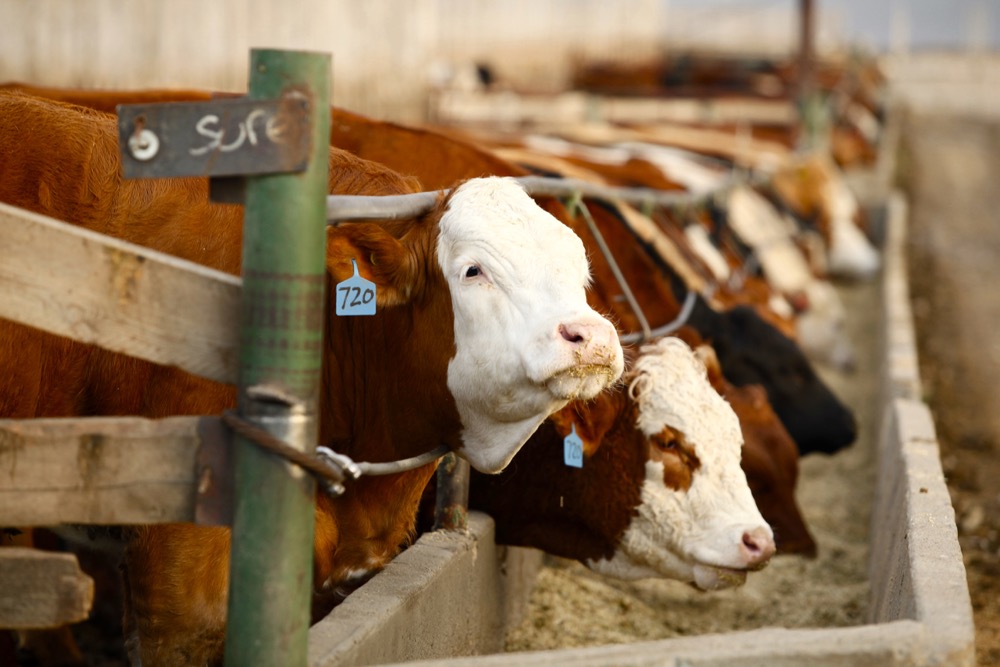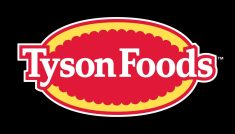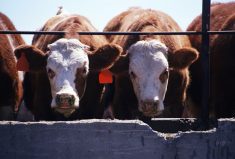Compared to last week, Western Canadian feeder cattle markets were steady to $5 lower on average.
It’s that time of year when available supplies start to decline. At the same time, demand is limited. Most backgrounding operators have sufficient numbers and demand for grassers is waning. Ontario interest was noted in Manitoba and Eastern Saskatchewan, which appeared to sustain prices near last week’s levels.
Southern Alberta has received over 200 per cent of normal precipitation over the past 30 days, and pen conditions are rated poor to very poor. Markets in Alberta and Saskatchewan were slightly softer than last week.
Read Also

U.S. livestock: Cattle strengthen Tuesday
Cattle futures on the Chicago Mercantile Exchange were stronger on Tuesday, with cold temperatures hitting the northern U.S. Plains and…
Feeder cattle prices are back up at historical highs and the live cattle futures need to move $10 to $15 higher in order for these replacements to be profitable. Feedlot operators are buying limited volumes until there is more confidence in the deferred price structure. Feed grain prices appear to be percolating higher enhancing the defensive tone.
In the Red Deer region, Angus blended steers on light grain and barley silage diet with full processing data averaging 865 pounds sold for $329. In the same region, controlled weight gain, Charolais, 900-pound heifers carrying lighter flesh on barley and silage diet were reported to trade at $300 fob backgrounding feedlot.
Northwest of Winnipeg, larger frame, lower flesh carrying black white face steers weighing 850 pounds apparently moved at $340. At the same sale, lower flesh, medium to larger frame red mixed heifers averaging 810 pounds were valued at $310.
Northeast of Calgary, larger frame, thin, Limousin steers weighing 700 pounds sold for $402. In the same region, Simmental blended heifers with light butter on forage diet scaled at 710 pounds apparently traded for $330. In Central Saskatchewan, medium to larger frame tan, weaned steers on the card at 615 pounds reportedly traded for $420 and their lighter sisters at 605 pounds were quoted at $364.
In Central Alberta, larger frame, black mixed, weaned steers averaging 550 pounds on hay and forage diet with full processing data reportedly sold for $450 and similar quality and genetic 510 pound heifers were last bid at $380. In Central Saskatchewan, mixed color, semi-weaned steers weighing just over 500 pounds reportedly sold for $457. In Southern Manitoba, Angus based, steers weighing 450 pounds silenced the crowd at $470. Lighter calves were quite variable with buyers paying premiums for weaned, fully processed animals with quality genetics.
Alberta packers were buying fed cattle on a dressed basis in the range of $430-$432/cwt. The Alberta fed market is functioning to ration demand by trading at a sharp premium to U.S. values. Nearby supplies of market ready cattle in Western Canada appear to be tightening and carcass weights are coming down. Looking forward, beef demand is uncertain in the final quarter of 2024, which is also stemming the upside on the nearby feeder market.
— Jerry Klassen is president and founder of Resilient Capital, specializing in proprietary commodity futures trading and market analysis. Jerry consults with feedlots on risk management and writes a weekly cattle market commentary. He can be reached at 204-504-8339 or via his website at ResilCapital.com.
















